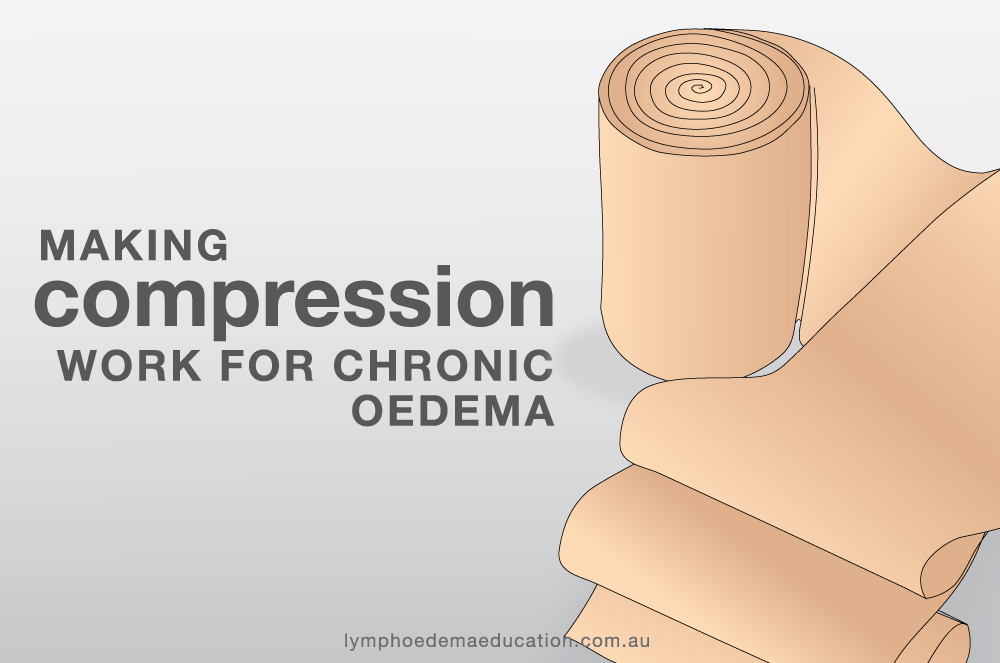Making Compression Work for Chronic Oedema

Over the years the thinking around compression has changed and in fact will continue to evolve as new products come onto the market. One of the most significant changes in recent times has been the shift away from graduated compression bandaging and a movement towards stiffness as the key to success. This has resulted in the development of two layer systems lead by Coban 2. Not only do we want stiffness but we also want function and the ability to obtain the benefits of exercise. This is the benefit of a 2 layer system. It will be interesting to watch this space as other products are released to market.
Gary Bain hosts an insightful webinar with Professor Christine Moffatt, where she discusses the complex issues in Chronic Oedema and Venous Leg Ulcer management, the science of compression therapy and dispelling the myths of compression.
Take home messages from these presentations:
- Compression therapy is the most powerful therapy we can use to reduce oedema.
- Limb shape distortion requires innovative compression, this may not be solved by our traditional bandaging.
- With ankle circumferences greater than 25cm the bandaging technique must be adaptive to achieve therapeutic compression.
- Optimum compression pressure should not exceed 60mmHg for leg oedema and 30mmmHg for arm oedema. If the pressure is excessive it may impede the lymphatic pump.
- You don’t require gradient with compression but rather stiffness.
- Stiffness is critical for effectiveness.
Arterial disease and compression:
- High compression improves arterial flow and is safe in all patients except those with critical ischaemia.
- Studies in arterial disease suggests compression assists ABPI 0.4 – 0.8
- Stiff bandages at 40mmHg showed no reduction in arterial disease.
- With compression there is an increase in the venous pumping action which decreases the oedema and increases arterial perfusion.
- The massaging effect of stiff bandages causes a hyperaemic response that increases local tissue perfusion.
Ways to increase the effectiveness and stiffness of a compression bandage or hosiery include:
- Increase the layers of bandages. Increase the pressure by approximately 80% for each layer applied at full stretch.
- Increasing the layers increases the stiffness due to the friction between the layers.
- Use of cohesive or adhesive bandages increases both the stiffness and length of time the pressure remains constant.
- Stiffness is increased by the application of the bandages applied at full stretch.
- Increasing the overlap of bandages increases both the pressure and stiffness.
- Smaller width bandages increases pressure (Laplaces law)
- Excessive padding decreases compression dramatically especially around skin folds and can reduce the pressure to zero.
- Laplaces law is wrongly taught. We do not need to create a cylinder
- Maintaining function helps compression performance.



